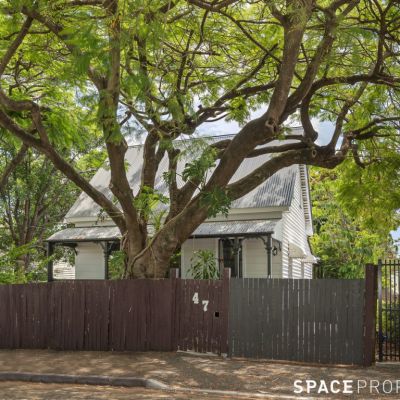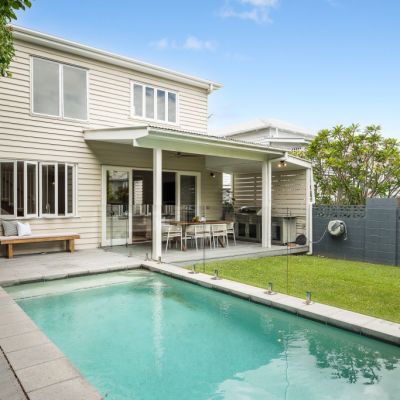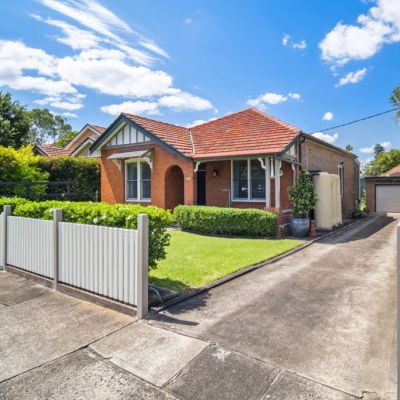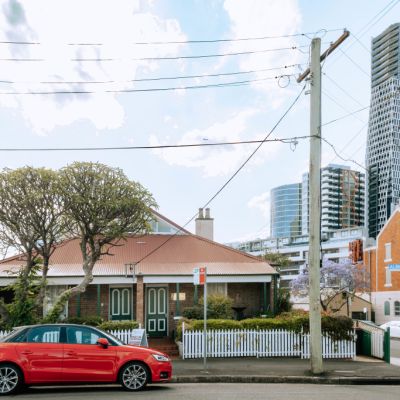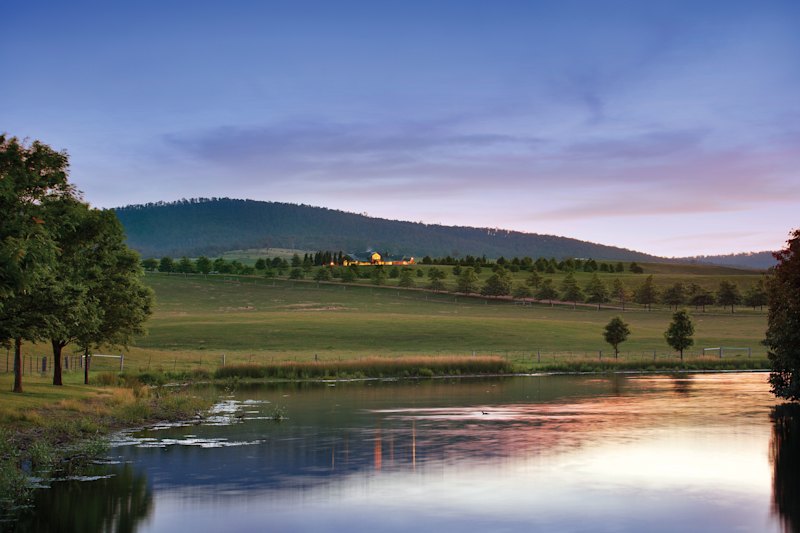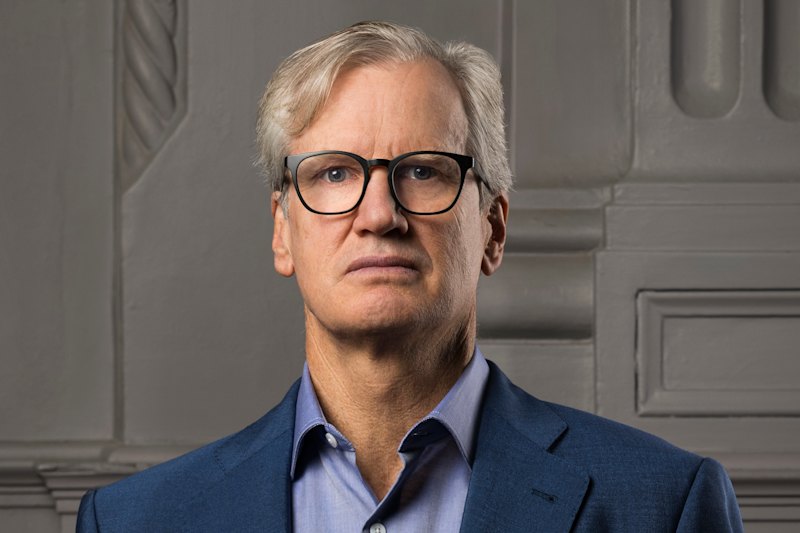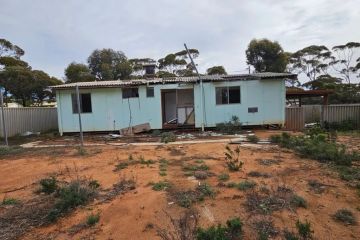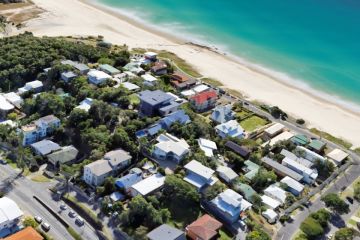How to break up with your favourite suburb and find one where you can afford to buy
Whether you’re a first-home buyer or a seasoned house hunter moving to your next property, you probably have a few favourite suburbs in mind.
These areas might have the best cafes, parks, beaches and school catchments, or perhaps the shortest commute to work.
The trouble that all buyers face is that the features that make an area desirable drive competition for homes, potentially making properties unaffordable.
“Every buyer tends to want a little bit more than what their budget may afford them,” says Mayfield Property Buyers director John Carew.
“Where a lot of buyers get in trouble is they spend a lot of time looking at properties that are never going to be within their budget.”
If the properties you want in your dream neighbourhood are constantly selling for prices beyond your means, then it could be time to face the truth – you might need to break up with your favourite suburb and instead find a suburb where you can afford to buy.


Where to start when searching for an affordable suburb
Arming yourself with the knowledge of how much a bank is willing to lend you should be the first step in the house-hunting process.
“You can’t do anything unless you actually work out your borrowing capacity,” says propertybuyer.com.au chief executive and buyer’s advocate Rich Harvey.
Not only does a clear idea of your budget avoid wasting time looking at properties that are out of reach, but it also gives you the confidence to make an offer or bid at auction when you do find the right property.
Next, it’s time to understand home values in areas that you’re interested in. Median property prices – revealed quarterly in the Domain House Price Report – are a good place to start when it comes to following the market in your city and the suburbs you’re considering.
Remember that the median price represents the middle of those sales – half the properties sold above that figure, and half below.
If median prices in your favourite suburbs don’t match your budget, don’t despair yet, as entry-level properties will be priced below the median of the suburb.
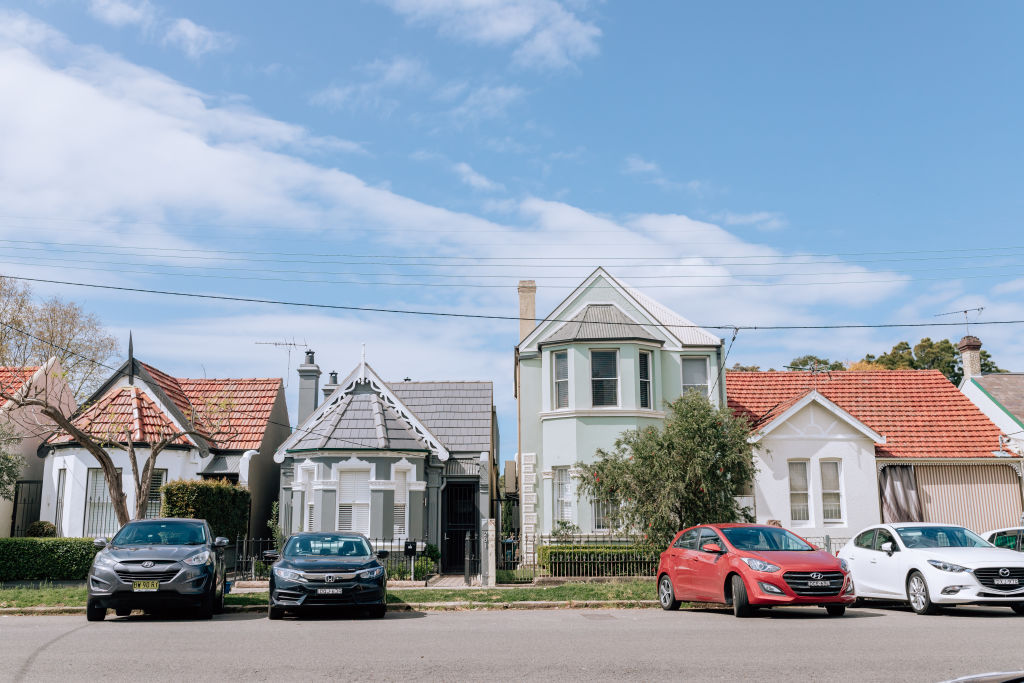
Once you’ve narrowed in on some suburbs that align with your budget, it’s time to look at properties that have sold recently and the prices achieved, which gives a better indication of home values than price guides for properties on the market.
“That’s the most important thing,” Harvey says. “Not the asking price but the sold price.”
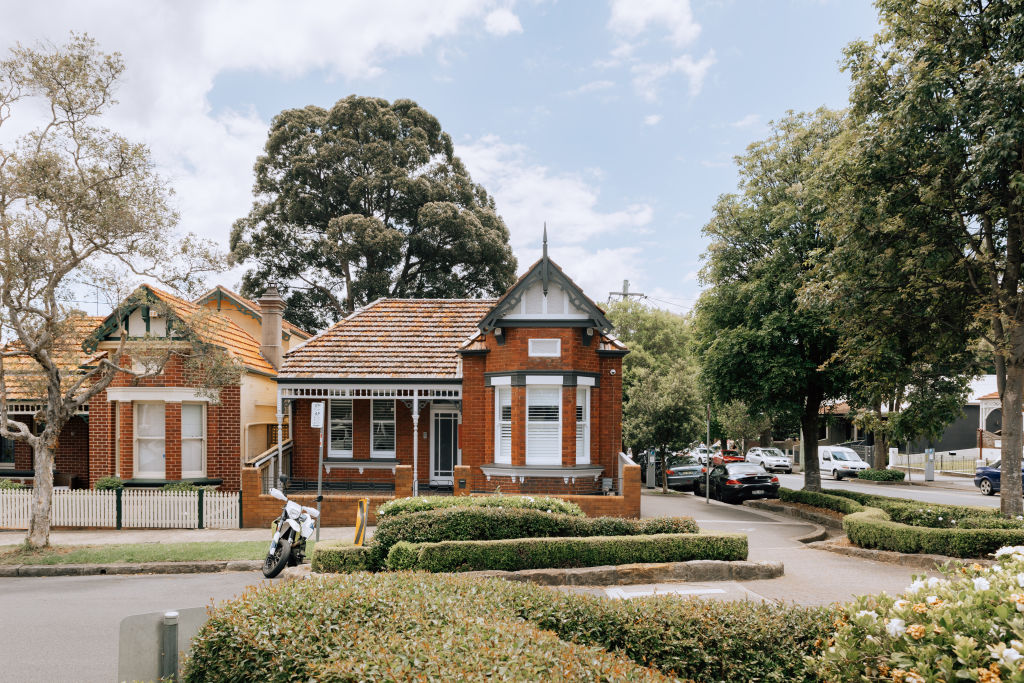
Knowing your budget and familiarising yourself with the kinds of properties that sell below your maximum purchase price will ultimately be the key to determining where you can afford to buy.
Reality check
This is the tough part. If your budget just won’t stretch to afford even a modest home in your favourite suburb, it’s time to adjust your expectations.
The size of a property will significantly influence its price. Houses on smaller blocks may be cheaper than others in the same suburb, but more substantial savings can be had by opting for a townhouse or an apartment.
Land value typically makes up a large amount, if not the majority, of a home’s market value, and therefore homes with a smaller land component – such as apartments, where owners in the strata scheme share ownership of the block on which the complex is built – tend to be more affordable.
Harvey says purchasing a well-located unit is a smart move for first-home buyers who want to stay in a popular suburb and potentially take advantage of capital growth in an area that’s in high demand.
“If you’re a first-home buyer, you want to buy something that’s going to be a good investment, because it’s setting yourself up to transition to your next home,” he says. “Buy a stepping stone in a location that’s going to give you the uplift.”
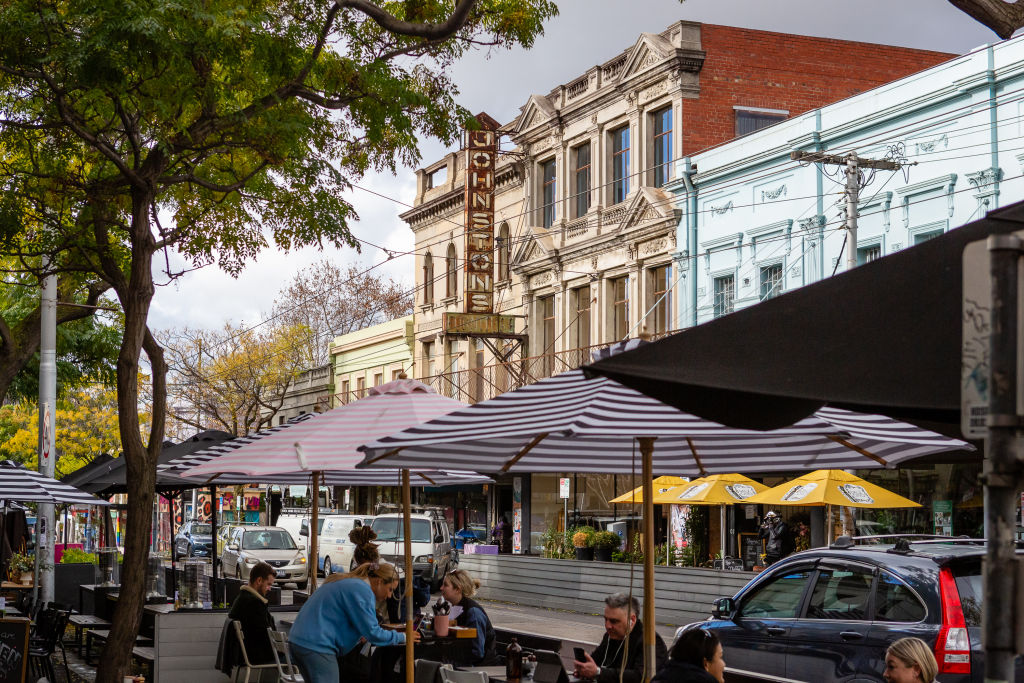
Buyers with an appetite for renovating can potentially look for a property that needs cosmetic work, as these may be cheaper. But a fixer-upper won’t necessarily be ideal for people searching for a turnkey home, such as a busy family, or those with a limited budget to repair and improve the property, given material and labour costs are still high.
If these factors are inflexible – or, alternatively, pushed to their limits, perhaps by opting for a dated apartment as opposed to a modern house – then adjusting the location and looking in a more affordable area could be the solution.
“You need to determine what are the elements of that suburb that you’ve fallen in love with,” says Wakelin Property Advisory director Jarrod McCabe. “Then look at which other suburbs offer similar attributes.”
What makes a suburb more affordable, or unaffordable?
Proximity to a city’s CBD has one of the largest influences on home values, but savings aren’t always directly proportional to a suburb’s distance from the centre of town.
Employment, transport and amenities are also key factors that buyers consider, and the types of properties available in each suburb attract different buyers with varied budgets.
Many suburbs that neighbour popular ones offer the same or similar lifestyle at a cheaper price point, and these are sometimes referred to as “bridesmaid suburbs”.
“You’ve got to be open to suburbs just on the fringe of where your ideal suburb is,” Carew says. “Going from one suburb to the next, in some situations, doesn’t really change the demographics or the vibe much at all.”
Carew says it’s not always about distance, but access. In some cases, it could be as simple as searching for a suburb serviced by buses rather than trains.
Buyers seeking an affordable home outside their original search grid should explore unfamiliar suburbs in person to understand whether they could see themselves living there.
“Spend some time in the area,” Carew says. “Have a coffee, take the dog for a walk and speak to locals living in the area. You need to put your boots on the ground.”
An affordable home will mean different things to different people, as everyone’s financial situation is unique. But if you can determine what and where you can afford to buy early in your search, you’ll save time, avoid missed opportunities and improve your chances of finding the right home sooner.
We recommend
We thought you might like
States
Capital Cities
Capital Cities - Rentals
Popular Areas
Allhomes
More
